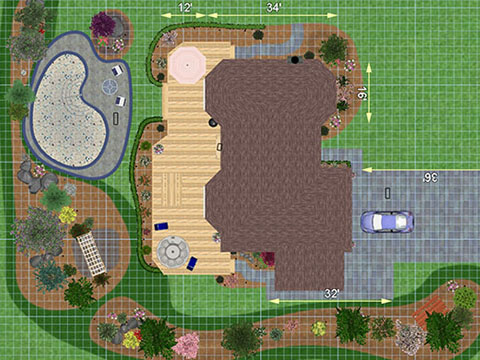by Wylie Harris on 18 January 2008 in The McCook Gazette
I look at the empty countryside around our farm and can't help but wish it were as thick with people as when my grandparents made a living here. Until recently, though, the kindest name the rest of the world had for this wish was "nostalgia."
Back then, leaving the farm made sense. The economy was growing on an energy-dense broth of cheap fossil fuels. The energy in those fuels replaced that from the muscles of farm people and their animals. Today one person can grow food for more than a hundred.
A century ago, almost 40 percent of the United States population worked on farms. But with industrialization, millions of farm folk, their labor cheapened, headed to the city for better wages. That tide continued until fewer than 2 million farmers -- less than 1 percent of the country's population -- remain today.
Now, though, the seemingly limitless reserves of petroleum that fueled the past century's exodus from the farm are about half gone. From here on, fossil fuels -- and all the everyday essentials that depend on them, like transportation and food -- will grow increasingly costly.
Without some miraculous new energy source, muscle power could soon again be a cheaper alternative to fossil fuels for growing food. Blunt economic pragmatism seems set to out-shout nostalgia in the call to put more farmers on the land.
Just how many more farmers would it take to cure farming's fossil fuel habit? Lots, according to farmer and writer Sharon Astyk and "Oil Depletion Protocol" author Richard Heinberg, both leading activists for facing up to life after world oil production peaks. They estimate that without cheap fossil fuels, we would need 50 million new farmers. That's one farmer for every two households in the United States, 25 times more than there are now.
This isn't a move-to-the-boonies-or-starve ultimatum. In fact, many people are ideally positioned to become farmers right where they are -- it's the silver lining to suburban sprawl.
Suburbia occupies vast swaths of former prime U.S. farmland. NASA's ecological forecasting research group reports that the people living there already water about 30 million acres of lawn, three times the land planted in irrigated corn.
Those lawns average somewhere between one-fifth and one-third of an acre. Authorities like gardening guru John Jeavons and "The Contrary Farmer" author Gene Logsdon say that's ample land for growing a substantial portion of a family's food.
This isn't to say that the 50 million farmers-to-be should grow all their own food, nor that the entire country's food supply can come from former lawns, parks and golf courses.
Rather, it's to point out that growing as much of one's own food as possible can be a cornerstone of sound household finance, and that the necessary land and water are already in the same places as many of the people who now participate only in the demand side of agriculture.
The most effective tactics for making farmers out of more of us are local: convincing homeowner associations that vegetable gardens look as nice as lawns, zoning boards that chickens belong in back yards, and state health agencies that bread baked in home kitchens for sale to neighbors isn't any likelier to hurt anybody than Wonder Bread.
Rethinking what we mean by "farmer" is also important. The necessary transition is as much mental as political. "Farmers" who plow thousands of acres with gigantic diesel-guzzling tractors and sell corn by the bushel for their entire income aren't much use in an age of expensive energy.
On the other hand, "farmers" who grow substantial amounts of food for their families and perhaps also for sale to neighbors, as primary income or not, are far better equipped to weather a forced fossil-fuel fast. This is the kind of farmer many of us are already within a hoe handle's reach of becoming, and perhaps with less effort than we realize.
An agrarian nation isn't just a nostalgic wish after all. It's insurance we can't afford to live without.
Wylie Harris ranches with his family in Cooke County, Texas, north of Fort Worth. A former W.K. Kellogg Foundation Food and Society Policy fellow, he wrote this comment for the Land Institute's Prairie Writers Circle, Salina, Kansas
|
